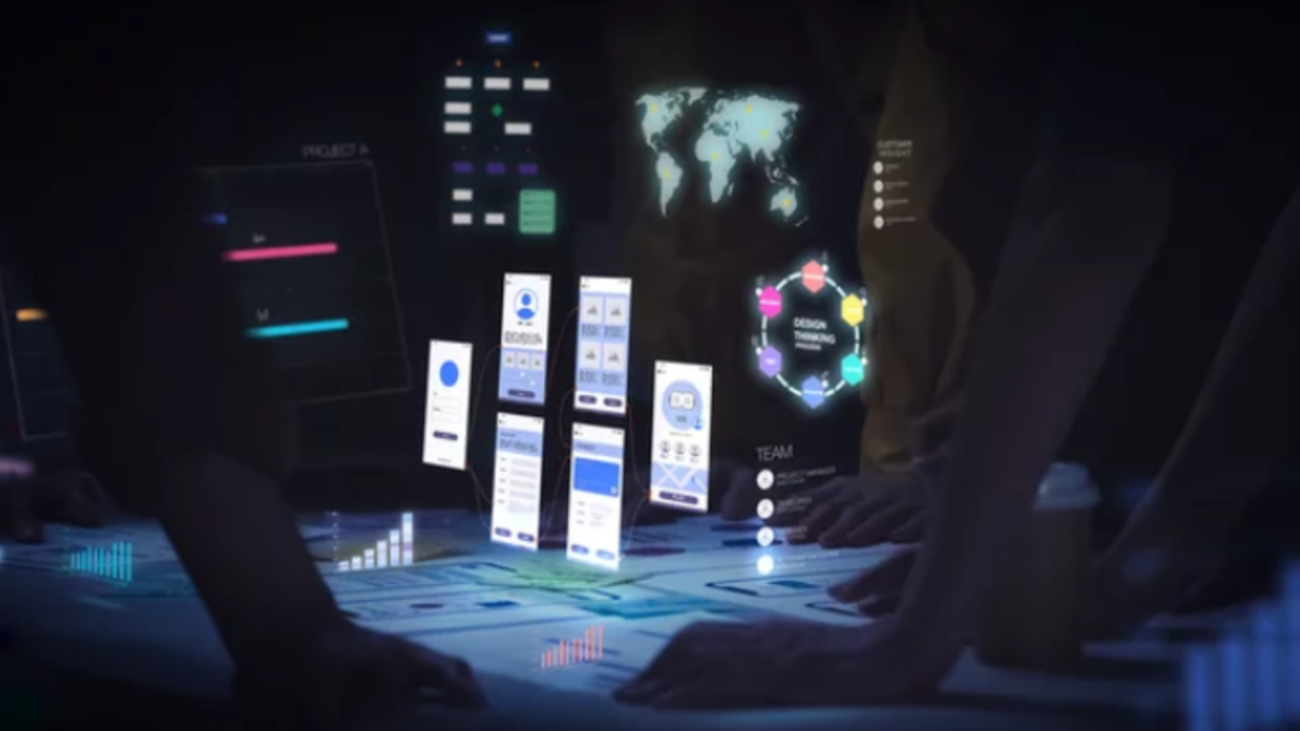Introduction.
Every day, we interact with dozens of digital products websites, apps, services, and systems that claim to “make life easier.” We tap buttons, scroll through menus, and fill out forms without giving it much thought until something doesn’t work the way we expect.
Maybe the “Buy Now” button doesn’t respond. Maybe the form erases all your data when you make one tiny mistake. Maybe you can’t find the “Back” button, or the loading spinner just keeps spinning. That moment of frustration, that sudden urge to give up that’s poor UX in action.
User Experience, or UX, is one of those phrases that’s everywhere in the digital world. You’ll hear it in job titles, design meetings, and startup pitches: “We’re improving the UX,” “That’s a UX issue,” “We need a UX designer.” But despite how often it’s used, very few people can clearly explain what UX actually means.
For some, UX is about making things look pretty. For others, it’s about usability testing or prototyping. Some even think UX and UI are the same thing. But UX is much bigger than visuals, flows, or screens it’s about how people feel when they interact with your product, and whether that experience helps or hinders them from achieving their goal.
At its core, UX is the intersection of human psychology, design, and technology. It’s the craft of shaping how someone experiences a product from start to finish the thoughts they have, the actions they take, the satisfaction (or frustration) they feel. It’s about turning complexity into clarity, confusion into confidence, and obstacles into effortless journeys.

Think of UX as the invisible layer that connects humans with the digital world. You can’t always see it, but you can always feel it. When it’s good, you barely notice it. When it’s bad, it’s unforgettable for all the wrong reasons.
Good UX isn’t just about usability; it’s about empathy. It requires designers and developers to step outside their own perspectives and see the world through the user’s eyes. Who are they? What are they trying to do? What’s stopping them? What emotions are they feeling as they move through the product?
This empathy-driven approach is what separates UX from mere design. It’s not just about crafting interfaces; it’s about crafting experiences that respect people’s time, emotions, and intentions. UX designers are part psychologist, part architect, part storyteller building bridges between human needs and digital possibilities.
And yet, UX doesn’t happen in a vacuum. It’s not a single step in a product’s lifecycle; it’s a continuous process of research, testing, learning, and iteration. The best experiences evolve over time, shaped by user feedback and real-world behavior.
Businesses that invest in UX aren’t just making things look better they’re building trust. They’re saying to users, “We understand you. We’ve thought about your needs. We care about your experience.” And in a world where every second of attention counts, that empathy becomes a competitive advantage.
So, when we ask, “What is UX, really?” we’re not just talking about design methods or wireframes. We’re talking about the human experience about making technology feel natural, about creating products that help people succeed, about removing friction and adding meaning.
Because at the end of the day, UX isn’t about the product. It’s about the person using it.
UX Is About the Whole Experience
User experience covers every interaction a person has with a product, service, or brand not just what’s on the screen.
It includes:
- How easy it is to navigate a website or app
- How confident a user feels completing a task
- How quickly a system responds to their input
- How supported they feel when something goes wrong
UX is the bridge between human behavior and digital functionality. It’s both psychology and design, both empathy and engineering.
UX ≠ UI (But They’re Best Friends)
A common misconception: UX and UI are the same.
Here’s a simple distinction:
- UI (User Interface) is what you see. The buttons, icons, and layouts.
- UX (User Experience) is what you feel. The journey, the logic, and the emotions behind every click.
A product can look beautiful but still deliver a terrible user experience. (We’ve all used gorgeous apps that made us want to throw our phones.)
The Core of UX: Empathy
At its core, UX design is about empathy understanding the user’s world.
It starts with questions like:
- Who is this for?
- What problem are they trying to solve?
- What’s getting in their way right now?
- How can we make this easier, faster, or more delightful?
When we design with empathy, we stop creating for ourselves and start creating for the user.
The UX Process in a Nutshell
While every team has its own flavor, the UX process usually follows a pattern:
- Research — Learn about your users and their needs.
- Define — Identify the problems to solve.
- Ideate — Brainstorm and sketch potential solutions.
- Prototype — Create quick, testable versions of your ideas.
- Test — Observe real users interacting with your designs.
- Iterate — Improve based on feedback and data.
It’s cyclical, not linear because good UX is never finished.
Why UX Matters
Great UX design isn’t just a “nice-to-have.” It’s a competitive advantage.
Companies that invest in user experience see:
- Higher customer satisfaction
- Lower churn and support costs
- Increased conversions and engagement
- Stronger brand loyalty
In short: when users win, businesses win.
The Real Answer
So, what is UX really?
It’s the art and science of shaping experiences that work for humans.
UX isn’t about pixels. It’s about people.
It’s about helping someone get something done and maybe even smile along the way.

Closing Thought
Next time you hear someone say, “We need better UX,” ask:
“Better for whom?”
Because that’s where the real work begins.
